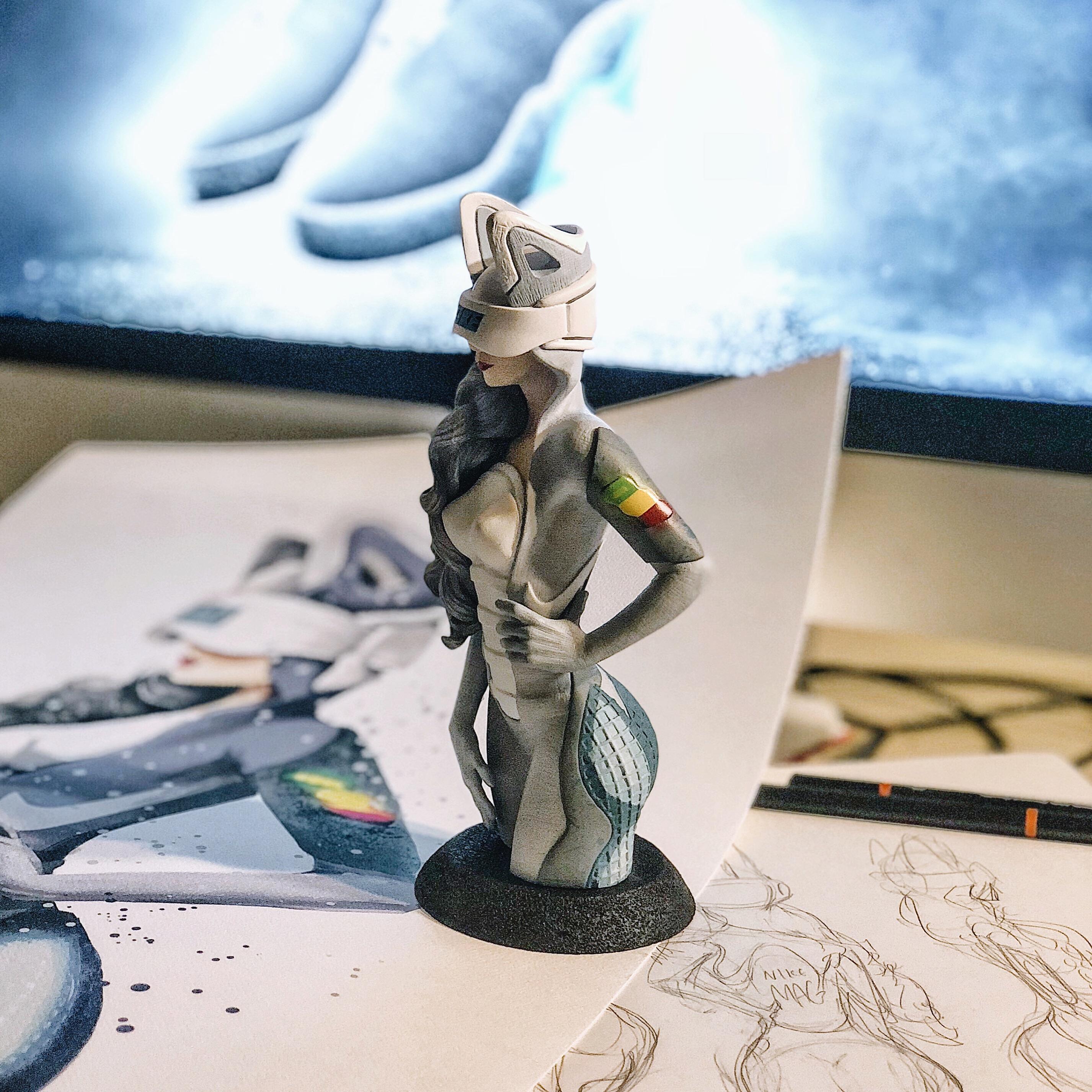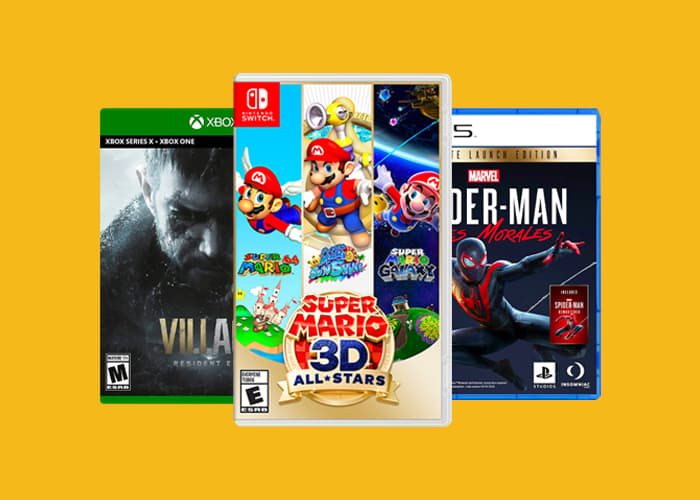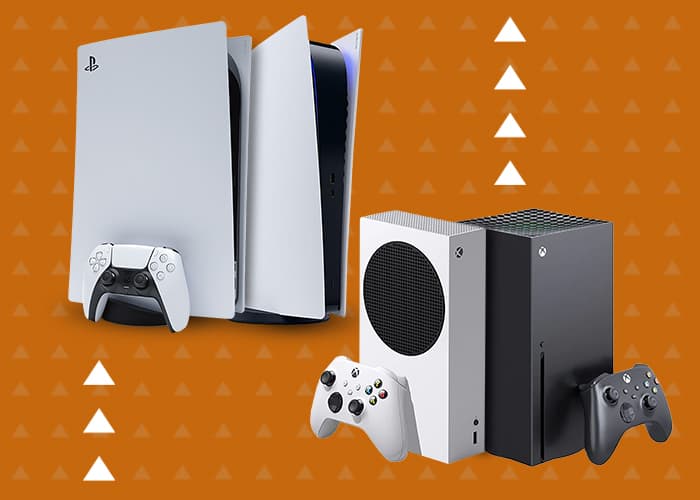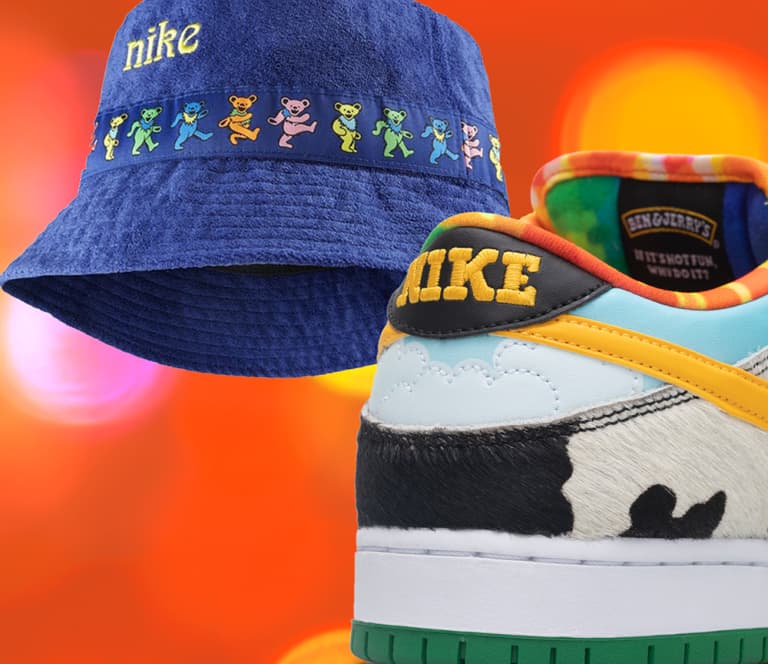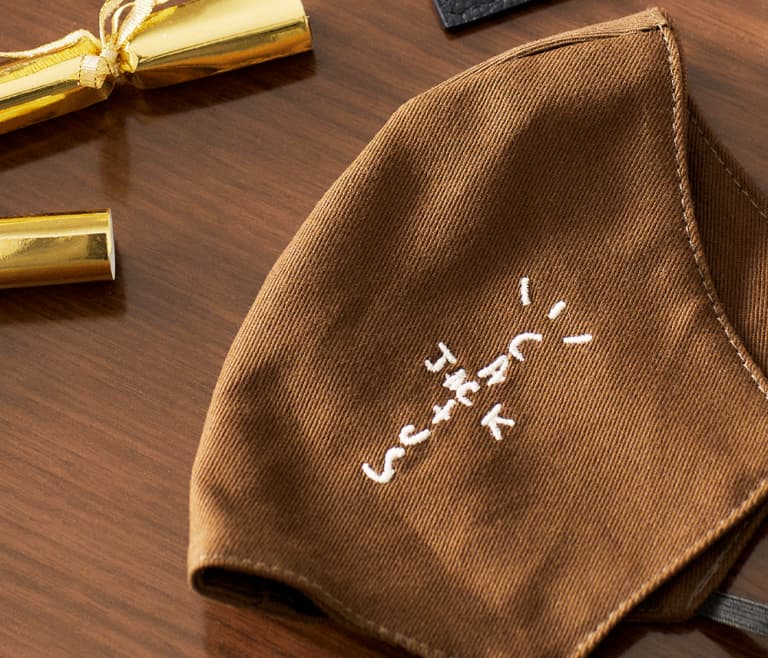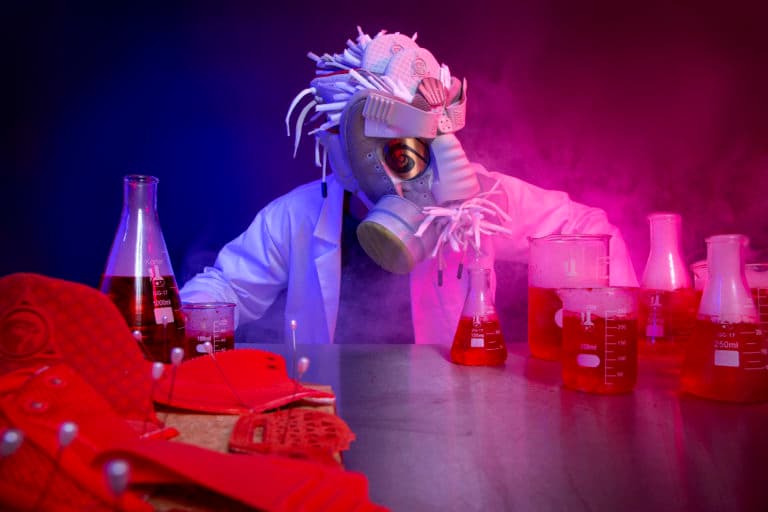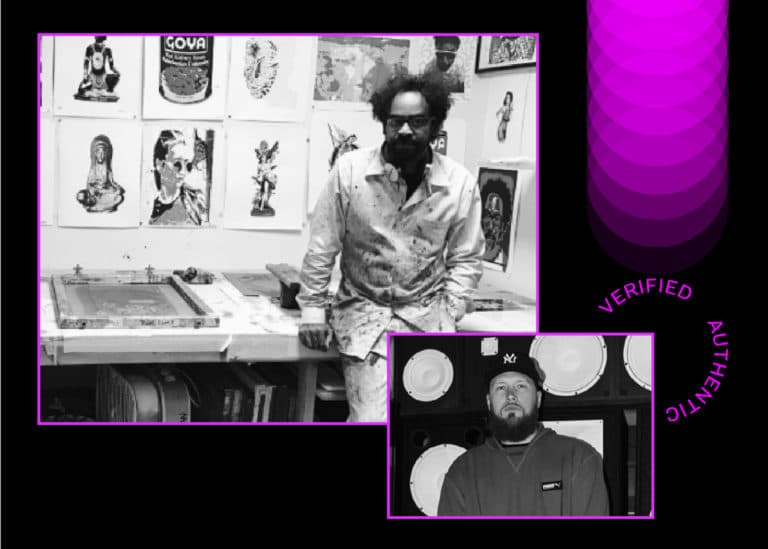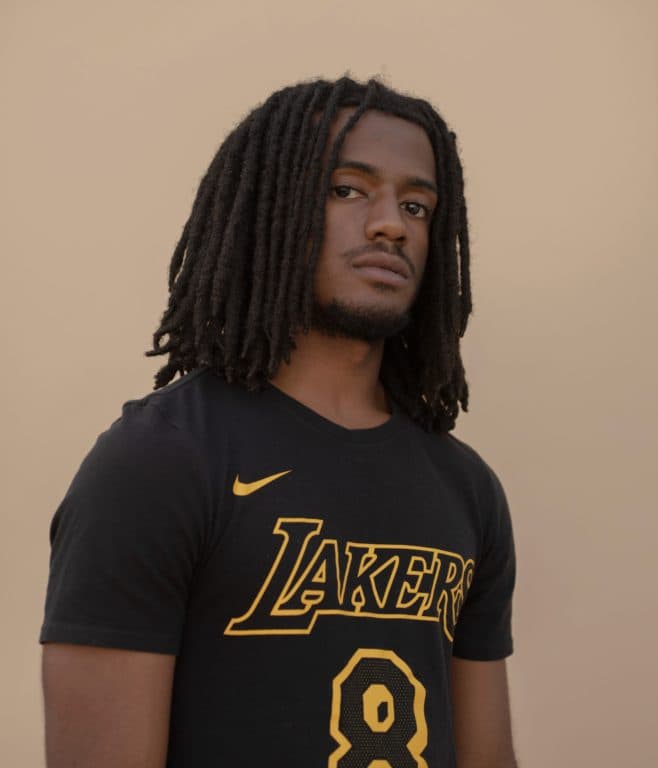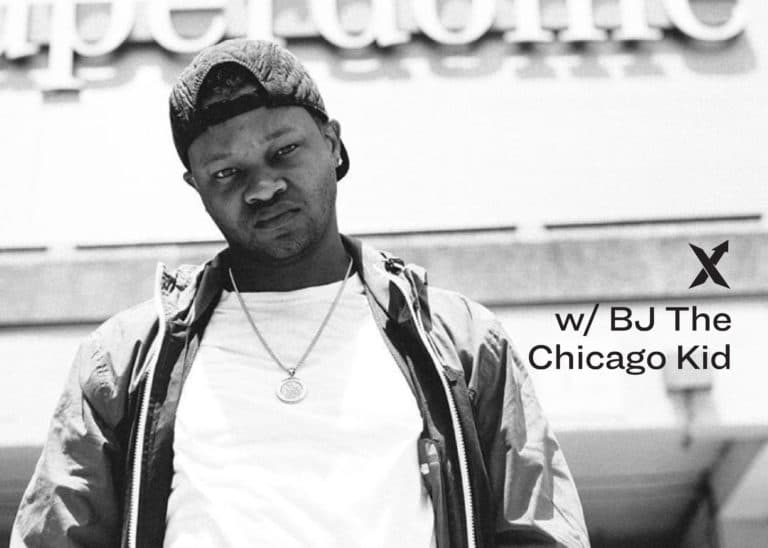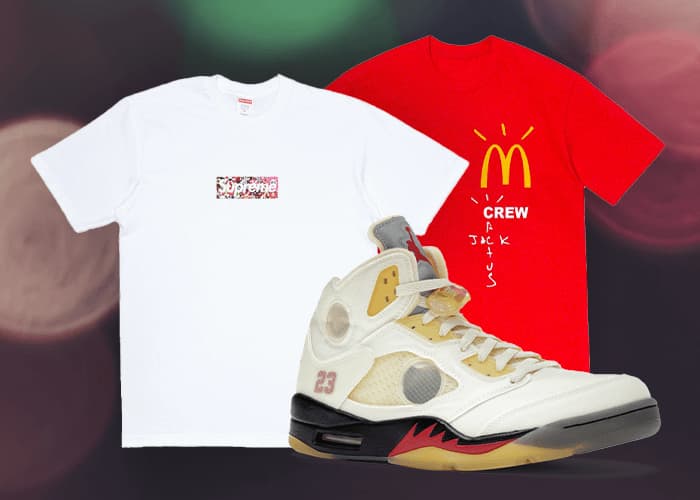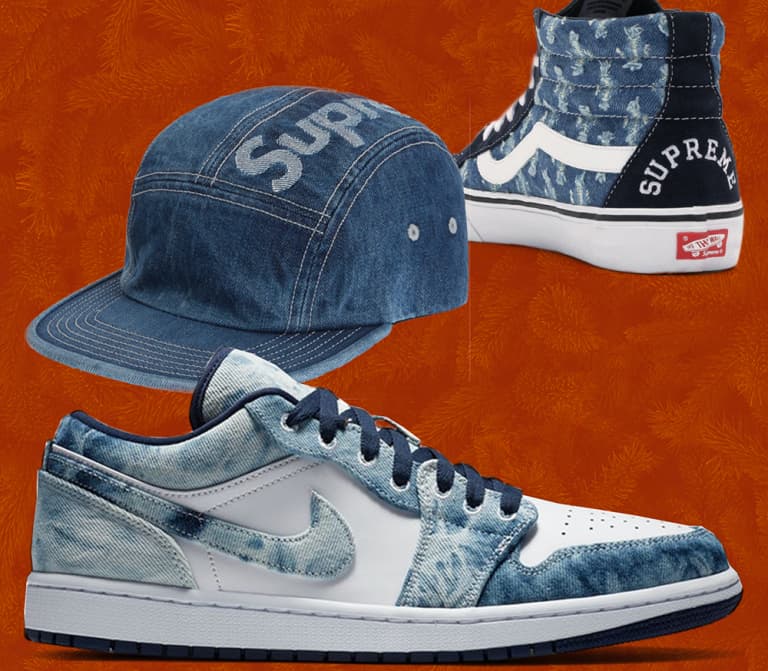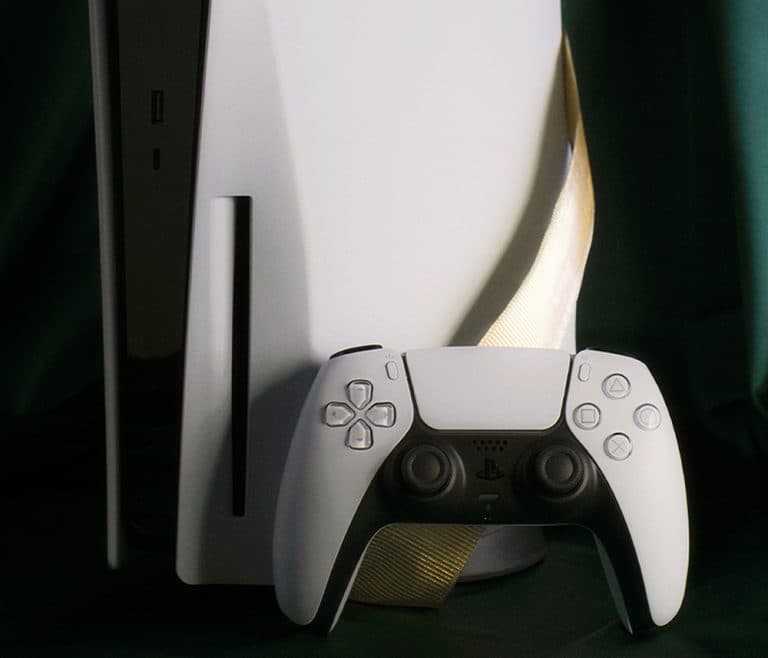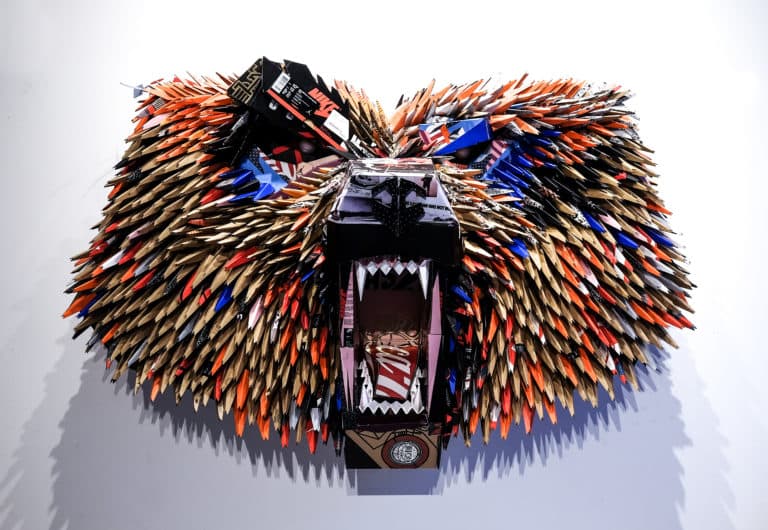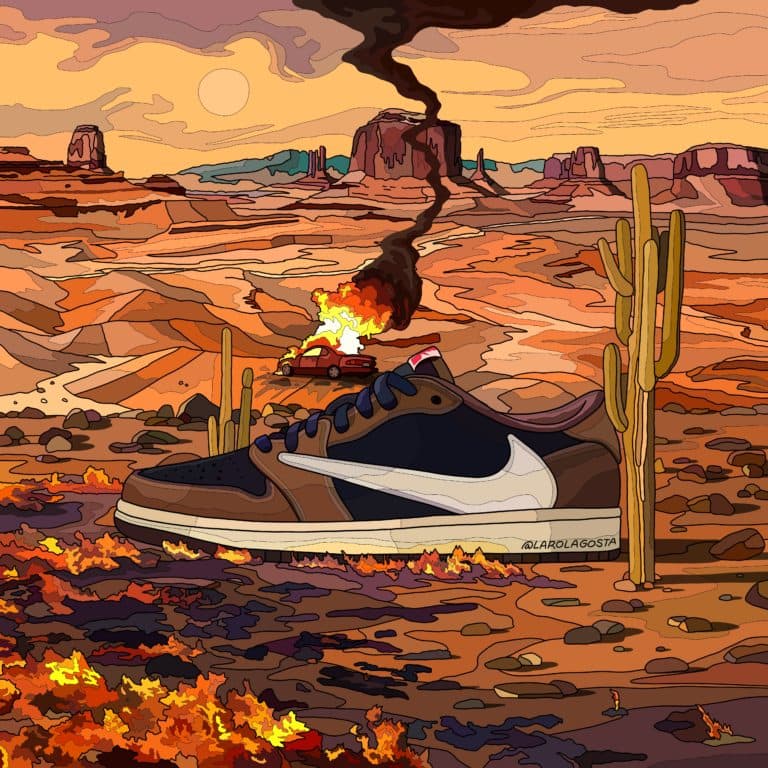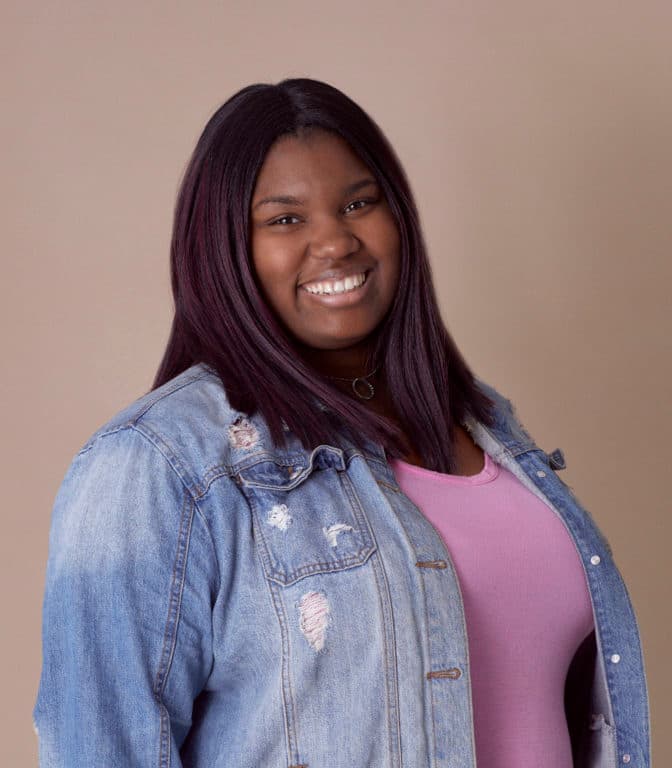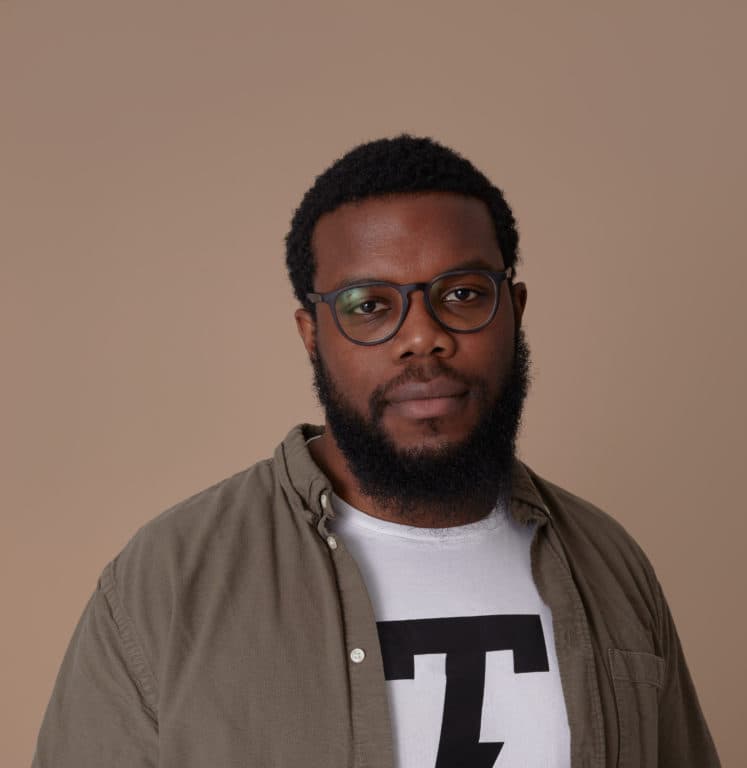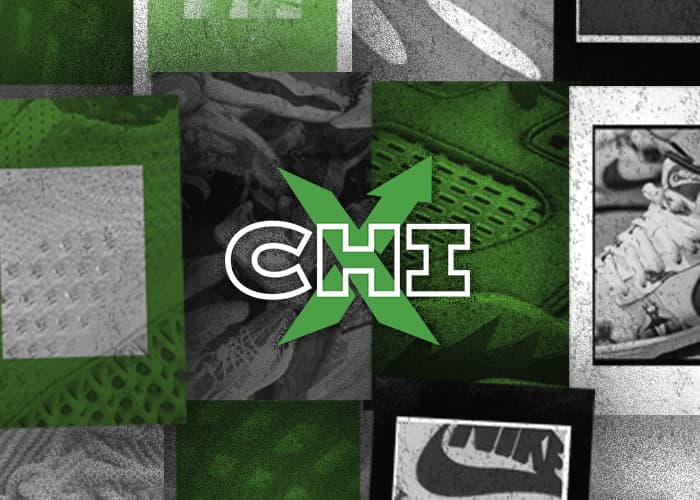 “No Curator” focuses on the most important and cutting edge visual artists who create, and draw inspiration from, the interconnected cultures of StockX. In this installment of “No Curator,” illustrator Reina Koyano talks about changing places she called home in her youth, discovering the deeper meaning behind her art, and much more.
“No Curator” focuses on the most important and cutting edge visual artists who create, and draw inspiration from, the interconnected cultures of StockX. In this installment of “No Curator,” illustrator Reina Koyano talks about changing places she called home in her youth, discovering the deeper meaning behind her art, and much more.
See more from Reina Koyano on her website and Instagram!
The following has been lightly edited for length and clarity.
Would you please introduce yourself?
My name is Reina Koyano, aka VIVALAREINA. I am a designer and an illustrator from Tokyo, Japan, currently based in Los Angeles. During the day, I’m a designer at a tech company, and at night I create my digital painting collection called “Sole Fatale,” where I reimagine iconic sneakers as powerful female characters.
Is Tokyo where you grew up?
I grew up moving back and forth between Tokyo, Hong Kong, and Los Angeles because of my dad’s job. I was constantly adjusting and readjusting to new environments. I was born in Tokyo but moved to Los Angeles almost immediately after that. My dad knew some English, and my mom knew virtually none. To this day, I marvel at how brave my parents—especially my mom—were: they learned the language, found lifelong friends, and raised three girls.
When I turned six, we moved back to Japan, where I found myself experiencing culture shock in my own country. A few years later, we relocated to Hong Kong. We lived there for six years, and that’s where I learned English. Again, just when I thought I was set to graduate high school and go to college in the US or the UK, my dad was asked to move back to Japan.
This last time, I felt like a foreigner in my own country. Japanese people are nice to foreigners, but they’re a little cold when you look Japanese but don’t operate like one. I don’t blame them—I was a “defective” Japanese, missing a whole lot of common knowledge that everyone grew up with. But I didn’t have a problem with it because I grew up doing this over and over again. I always found a home in a new city and loved it. It wasn’t easy, but I’m grateful for my background because it truly shaped who I am today.
Your childhood was different from that of most kids. How would you say your childhood influences your art?
Because I was moving so often, I learned that everyone is different, yet similar. In Hong Kong, I went to international schools where my teachers and classmates were from all over the place. My friend Eva, who taught me how to draw, was from Finland. She would tell me what her life was like riding horses with her friends back in Finland, which was vastly different from me running around the city back in Tokyo. But differences fascinated me so much, and it made me almost celebrate when we found things in common—for us, it was drawing while blasting Destiny’s Child in the background. When you practice seeing the world from another perspective, there’s always something new you end up learning, expanding your knowledge of the world, and, ultimately, teaching you more about yourself. I believe that’s the foundation for my illustrations.
Do you remember your first encounter with art?
As far as I can remember, I loved drawing and making things. I also remember loving to make things for others. In elementary school in Japan, we had these notebooks called Jiyūcho—which translates to “freedom book”—and it is a blank notebook we would use for doodling during recess. We would trade the notebooks and draw for each other. I loved doing that. As cheesy as it sounds, the best part of it all was seeing the faces of people receiving them. I still think it’s one of the most genuine expressions that a person makes: part gratitude, part astonishment. That “how did you do this?!” reaction is something I still strive to work towards.
Computers really helped me get into art, too. It was a game-changer when computers were introduced to my house in ’95. I instantly picked up on MS Paint; it just made sense to me. I quickly learned that I needed programs to make more cool things that I found on the web, so I begged my parents to buy me my first photo editing software, and after that, I grabbed Photoshop from BitTorrent. My obsession with creating things extended to some of the most early-2000s things ever, like designing and creating Xanga themes for friends—MySpace wasn’t our thing in my area. Styling websites, making things on Photoshop, and printing all made sense to me.
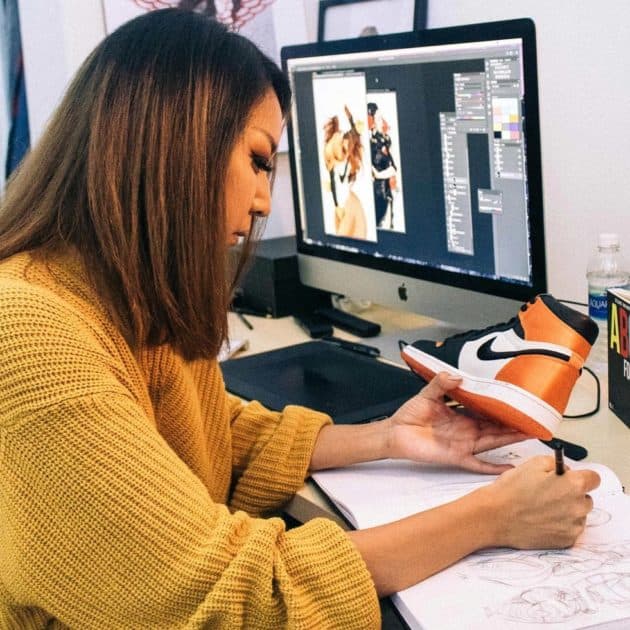
Reina Koyano working on a sketch, using the Jordan 1 Satin Shattered Backboard for inspiration // image courtesy of the artist
Even though you’ve always loved art, when did you begin seriously to dedicate your efforts to it?
When I was in high school, I knew I wanted to study graphic design in college and become a designer. While I interned at TBWA in Shanghai, I knew that was what I wanted to do: help brands deliver their message through compelling visuals. After clearing the hurdles of being an international student in the US and the paradox of applying for entry-level jobs that require experience, I finally landed a job at an ad agency in Long Beach. At last, I was what I always dreamed of being: a graphic designer at a cool ad agency. As much as I wanted to squeeze out all of my efforts into making creative work, I found myself bummed out at newspaper and banner ads with red marking all over the place. A burnt-out art director would come by saying that no one looks at this stuff anyway, do what they say. This was what I worked all my life for? I was young and ambitious, but naive.
When did you decide to become a professional artist?
I don’t identify myself as a “professional artist.” I’m a professional designer who helps clients solve their creative needs. That’s why I don’t consider art my job, it’s more of an outlet. It’s essential to have a great creative career, but it’s equally—or perhaps more—important to own a personal project where you have the complete freedom to express yourself and your creative philosophy.
It’s clear art is an essential aspect of your life, but when did sneakers become important to you?
Growing up in Japan, sneakers were a part of the landscape in the streets of Tokyo. I loved my oversized, bright-colored adidas, Puma, and Vans high tops that I got from ABC Mart. But at the time, I had no idea people were camping out or that there were things like release calendars, resell or people who had a room full of stacked shoeboxes until I came to LA for my first job after college.
When I met sneakerheads for the first time, a door opened into a whole new world. These people had a separate bedroom just for their sneakers, all stacked neatly in order, and they had stories about almost every shoe. I also visited a sneaker store in Melrose for the first time and seeing that wall-to-wall, floor-to-ceiling display of sneakers was just stunning to me. It was such a different world; I needed to know more.
I went home that night, desperately wanting to record that experience. Up till then, I was drawing a lot of pin-up style girls, so I decided to incorporate this fascinating world of sneakers with what I was already doing. I drew through the night, and I remember putting down my stylus when the sun started to rise. I looked at the screen, thinking to myself, “What the heck did I just come up with?” That was the Chicago 1 piece, where her corsets were made of deconstructed Jordan 1s. I should’ve been exhausted, but I was too excited. What if it was the Jordan 4? Or Jordan 11? What would she look like? The ideas seemed endless.
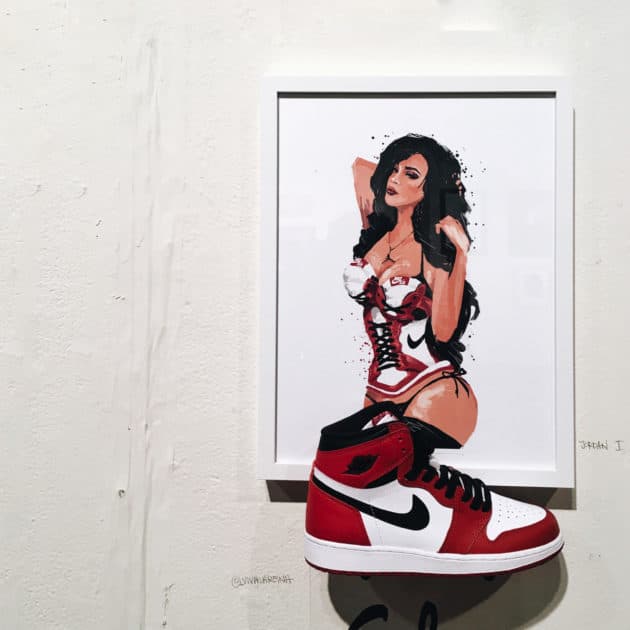
Reina’s first “Sole Fatale” piece: Jordan 1 Chicago // image courtesy of the artist
Describe your creative process. How do you turn a sneaker into one of your characters?
“Sole Fatale” is the definition of how I see the world. Sneakers and women are two completely different things, but when you take the time to study and appreciate the two, you end up seeing interesting similarities. I find value in discovering connections between two seemingly unrelated things. It’s what I believe makes us smarter as humans, what drives inspiration, and what ultimately makes the world a better place.
Each pair has its personality. My goal with my art is to visualize those personalities. What would she look and act like? I imagine this woman proudly flaunting her body. The girls I draw are powerful, fierce and full of attitude. She’s a neck breaker. She’s the girl you chase after, that you hate obsessing over, but you can’t stop because there’s something about her that you can’t ignore.
I think each sneaker has its unique design elements that make them cool. For example, the most attractive part of the Jordan 3 is the heel tab with its iconic Nike logo. For the Bordeaux 7, its geometric patterns and color combinations on the soles. Sometimes it’s more about the concept behind the design that elevates itself, like the Air Max 97. Whatever it is, I focus on elements that inspire the personified version of that sneaker.
Then I start sketching on paper or digitally. I strategically pose the girl so that she can flaunt the most attractive parts of the shoe, in ways that also make sense. It’s like solving a puzzle to piece out the angle, pose, and facial expression to match her exact personality. Once I’m happy with the sketch, I bring it into Photoshop and paint for hours and hours. I get obsessed about replicating even the tiniest detail of the sneaker, down to the subtlest textures of the surfaces, so a lot of the time I think I’m only painting for a few hours, but then I turn around and realize the sun is coming up, and I’m like “Damn it! I forgot to sleep again.”
At what point do you choose the specific sneaker to spotlight in a piece that you can transform into a character?
I tend to pick sneakers that have intriguing silhouettes, layers of various textured materials, and lots of details in their designs. That’s probably why most of my illustrations revolve around retro Jordans. I also love choosing shoes that have interesting concepts and stories behind their designs, like what they were inspired by, or what Jordan accomplished wearing them, etc. Those imageries help shape my illustrations.
What has been your favorite sneaker to incorporate into your art?
Some of my favorite pieces have been the ones that grew beyond a flat illustration, into a whole personality and a character, like the Mag Girl. The Air Mag is such an iconic design, and I remember researching retrofuture designs, as well as radical futuristic runway shows by Alexander McQueen, to visualize the headpiece for her.
Another one is my Air Max 97 Silver Bullet piece. I turned the sneaker into this superhuman whose body is constructed by the technology that makes up the Air Max 97.
Another one I love is the Satin Shattered Backboard piece I did for Jordan Brand. The original colorway was inspired by the uniform Michael Jordan was wearing when he shattered a backboard while dunking in an Italian exhibition game in 1986. In this piece, I repackaged that message into celebrating women breaking through glass walls. I reimagined the sneaker as a powerful female fighter, who is swinging a solid punch straight ahead, shattering a glass wall.
What are some sneakers that you would like to include in your art?
There are so many sneakers I still want to draw, but right now, it’s hands down the Nike Adapt Huarache. That design is so radical, it’s giving me all kinds of images in my head. The silhouette is a gorgeous segue from retrofuture to minimal futuristic, and I love it. I’m still working on it, but I think it’ll be a wild piece.
What do sneakers mean to you?
Sneakers are devices for self-expression, but I see it more like an artifact: everything from who designed it, who wore it, when it was made, why it is sought after, to the wearer’s connection with the pair—all that is neatly packaged into this beautifully crafted piece of clothing. It’s like an art piece on your feet. The thing you wear at the very bottom of your body speaks volumes about who you are; it’s not just about your affluence. That’s interesting to me.
What influences you?
I love artists that powerfully depict women, yet present them in a delicate, elegant style. ONEQ has been my all-time artist crush. Fafi, Audrey Kawasaki, Soey Milk, and Janice Sung are some of my favorite painters.
I’m also drawn to dancers and choreographers who depict the badass, don’t-mess-with-her attitude in their movements. Parris Goebel, Ysabelle Capitulé, Rie Hata, Bailey Sok… I can go on forever with the list. Similarly, I love artists like Billie Eilish, Beyonce, Rihanna, Zendaya: women who are gorgeous, sexy and have this unshakable sense of self that I admire.
It’s also so important to me that I surround myself with like-minded creatives who are also building their passion projects to a whole new level while doing great things as designers during the day. Designer/musician Henry Kaye, animator/AR/VR artist Whoopi, and game designer Graham Reid are a few who give me motivation. What they do is so different from what I do, but there’s this similar drive behind them that resonates with me.
How are you able to get your art out to people?
Social media has been a powerful platform for me that has allowed me to grow my project to where it is now. It’s also the reason I was able to collaborate with people and brands I would have never imagined, such as atmos, Jordan Brand, SneakerFreaker, Champ Sports, and Nice Kicks Store. I also met Ben Goretsky from 3D Retro through Instagram. He helped me transform my Mag Girl into a 3D figure, gave me a spot at DesignerCon, which helped introduce my project to the public.
I’ve done several gallery shows like “Dubs Against the World” in San Francisco, where my friend Vince helped put together the illest display for my illustrations. My dream is to one day have a solo show where I can tell my story and present the personalities of each of my characters in a cool space.
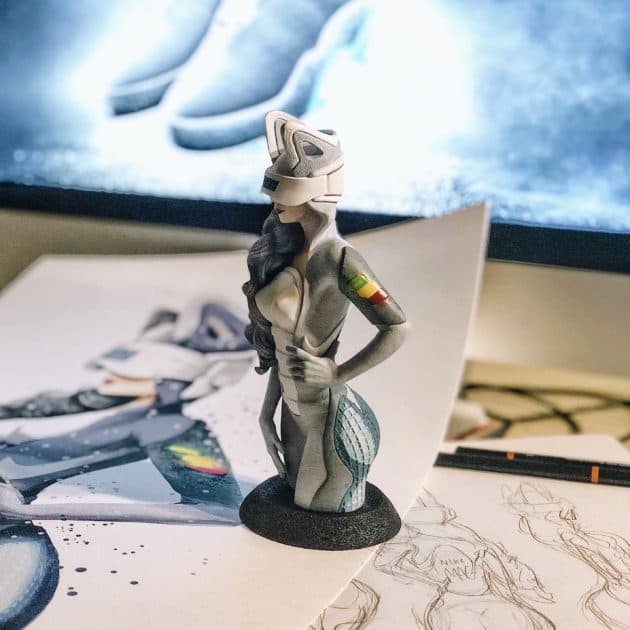
Reina’s Mag Girl figure, inspired by the Nike MAG // image courtesy of the artist
Who is your audience?
I would say somewhere between the sneaker and art worlds. I’m blending various elements like sneakers, women, basketball, and sometimes even pop culture into each piece, so I think there are different facets that people can enjoy, whether they like sneakers or not.
How do you represent yourself through your art?
I’ve been drawing these women for a while now, and recently I’ve started to think about “who” these women are and why I draw them. When I first started drawing, it was simply because they looked cool. Visually, I found interesting similarities between sneakers and the female body, so drawing was a fun experience. “It’s a hot girl and hot shoes mashed up together. It’s a no brainer,” someone once told me during one of my shows. But looking back to the 40+ pieces I’ve done, everything started to make so much more sense: it ended up teaching me about self-worth and self-respect as a woman.
How does your cultural history show up in your art?
I grew up in a society where the line between “humble” and “self-degrading” is often blurry. For example, when someone compliments you, you’re supposed to deny it, to be polite. That kind of mindset led me to become this person obsessed with pleasing others, even at the cost of your own wellbeing. Similarly, confidence was something I associated with arrogance and selfishness. But being confident actually has nothing to do with either of them. In Japanese, confidence is “ji-shin,” where “ji” means “self” and “shin” means “belief.” Confidence is believing in your own worth.
The women that I draw know that they’re the shit. They are powerful, level-headed, and wouldn’t be shaken by others. They might be hard to get, but they know that people are willing to line up around the block for them. They could flaunt their body, or they don’t even need to show any skin and it would still drive the world wild. That’s why they are Fatal.
They are my “jishins.” In a way, I think these are the personalities I wish I owned because I still struggle with being confident and sure about who I am. It’s as if they’re telling me to stop caring what others think and just believe in myself. “Sole Fatale” taught me that I deserve respect, and it starts from the inside. The more I started to love myself, the more I realized that the world was treating me with respect as well. It took me this long for me to realize this simple concept, but this has been a really valuable point in my journey with my art.
How do you stay true to the sneaker community and authentically represent it? How would you describe the “sneaker community”?
I feel like even in just the last five years, the sneaker community has expanded and evolved, which resulted in more sub-communities with different angles to their passion for sneakers. You can line up 10 different individuals from the sneaker community and they could be dressed very differently and consume sneakers differently, and for different purposes. There are people who have been collecting sneakers for decades, people who came out of nowhere calling themselves sneakerheads, people who consider sneakers a business scene, and so much more. In that climate where the sneaker community is constantly evolving and becoming diverse, I try to stay true to what I love and find inspirational, not just what is popular.
How about contemporary art? How would you describe “contemporary art”?
Mind you, I’m no expert in art history, but when I hear “contemporary art” I think of Andy Warhol and his Campbell Soup paintings. I do think there has been a pivot since his time of contemporary art, where it used to be artists using brands and consumer products as a subject matter, but today there is a growing trend where the brand is hiring or collaborating with artists to further reinforce their brand image. With the emergence of the internet and social media, that type of collaboration became possible a lot faster and more easily.
The subjects of my illustrations are based on sneakers, a consumer product. My illustrations are my visual depictions of art and consumerism today, rooted in my cultural identity and upbringing that was made possible because of the internet.
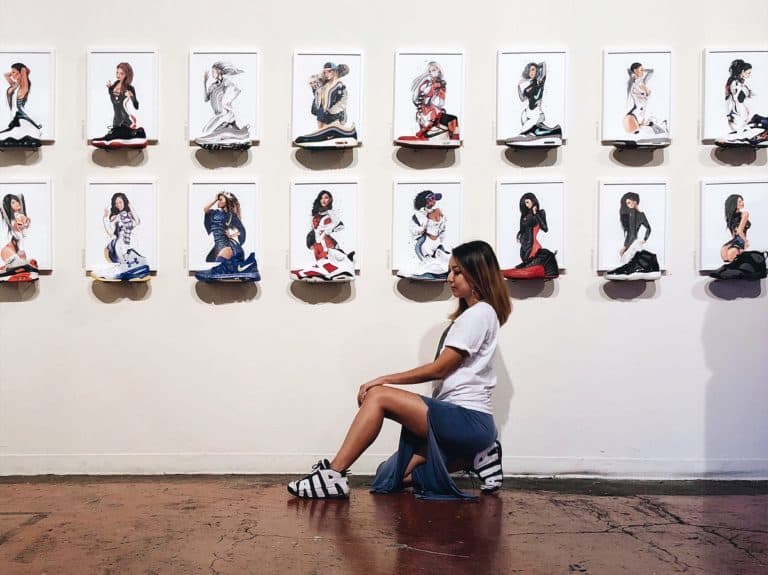
Reina and a selection of her “Sole Fatale” characters // image courtesy of the artist
How are you able to combine both of these communities?
I think it’s inevitable that communities grow and evolve, but within that movement, I want to offer my unique perspective on sneakers as a female, a foreigner, and an artist. Matt Halfhill from Nicekicks once said, “What’s cool about sneakers is that you can place a pair of Js in the center of a round table, and each person sitting there would have a story to tell.” My hope is that when I do have a seat there, I have my perspective to contribute.
What’s the difference between art and consumer products?
With consumer products, you understand the consumers’ wants/needs and cater to them accordingly with the product. Art is not giving a fuck about that information and being true to your own expression and craft.
Do you have any plans to try new art forms/mediums?
I still have so much room to explore with my art. I definitely want to explore outside of digital painting, maybe on canvases, or even on a shoe. I’m also interested in the AR world too.
What does success look like for you? How will know when you’ve made it?
I honestly don’t know what success looks like, I just know that it’s not some stop I can reach and be content. There will be a time when I draw the very last piece for “Sole Fatale,” but I already know what I want to do next. Or who knows, maybe by then, I’ll have something completely different in mind. It takes a whole lot of energy to keep that drive going, and as long as I have that energy, I want to go as far as I can.
See more from Reina Koyano and learn about artists within the culture in “No Curator.”


